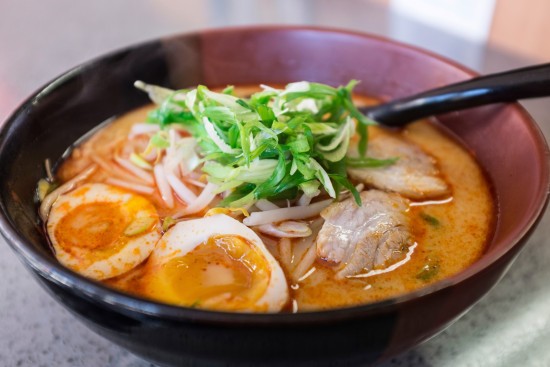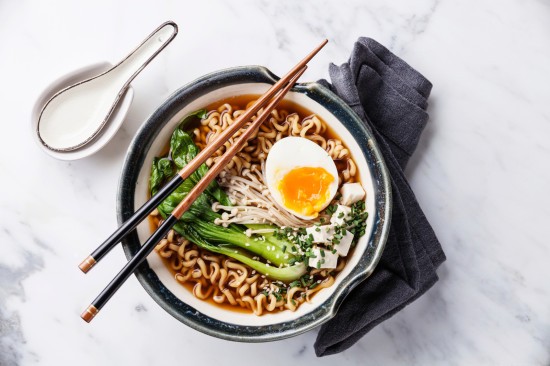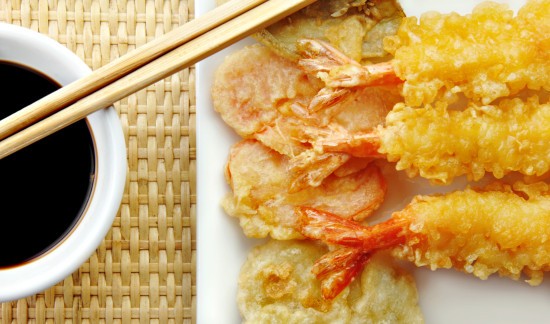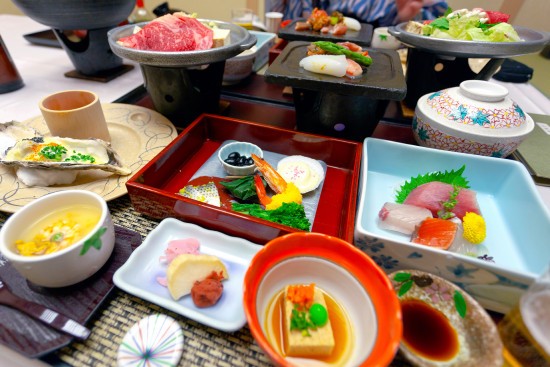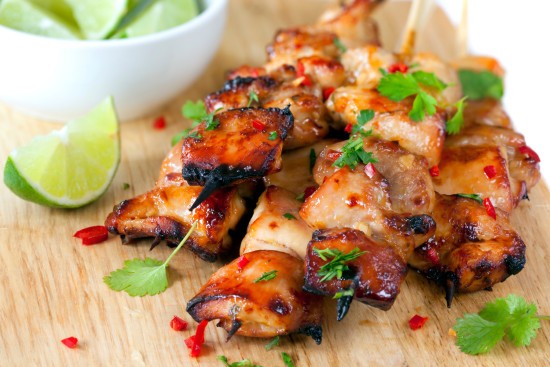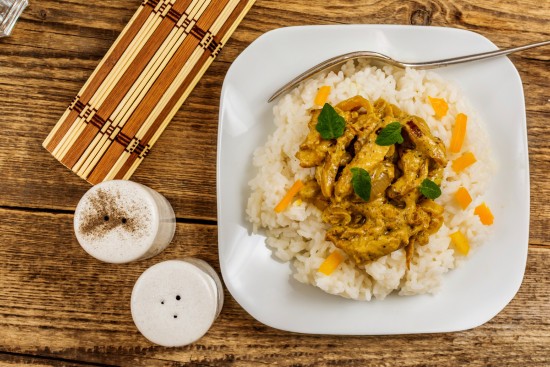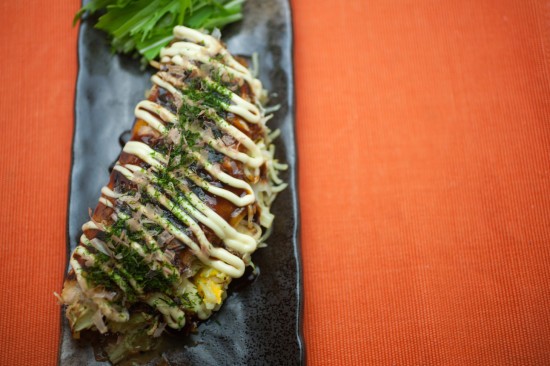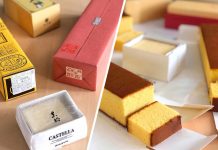Man cannot live on eel alone. Sushi may be the country’s most famous export, but Japan’s
culinary ecosystem span stellar street food, artful tasting menus, rib-sticking bar snacks
and noodle soups that inspire Beatles- (or Bieber-) level devotion. Contributor Emily
Saladino explores traditional delicacies beyond the sushi bar. Here are top 10 japanese traditional foods you must-try when visiting Japan. Douzo meshiagare!
Ramen
The origin story of this cult noodle soup is surprisingly complex, with links to Chinese-
Japanese immigration and mid-century American wheat production. Today, ramen is a
national obsession that inspire hours-long lines, international chefs’ acclaim and, most
recently, a Michelin star. The category is vast, but most bowls start with pork-, chicken-,
miso-, salt-based broth atop a spoonful of tare, or potent flavor bomb. Soup contents span
pork belly, alkali noodles, soft-boiled eggs, nori, preserved vegetables and, in the case of
Hokkaido in northern Japan, butter and corn. (Seriously.) Wherever you sit, slurping is
expected and encouraged.
Onigiri
A bento box fixture, onigiri are starchy snacks made from leftover sushi rice and pretty
much anything else the cook has on hand. Grains of rice are shaped into a ball, lightly
salted and either filled or decorated (smiley faces are both popular and prevalent) with bits
of vegetables, broiled fish, seasoned seaweed or pickled plum. As far as austerity eating
goes, it doesn’t get much more clever or crowd-pleasing than this.
Soba
For noodle fans seeking a healthy, elegant complement to bowls of chewy udon or alkali
ramen, the buckwheat stops here. Soba noodles have a similar circumference to spaghetti,
and can be served cold, as a noodle salad accompanied by a broth-based dipping sauce
(called mori or zaru soba), within a hot bowl of duck-based broth dappled with stewed
leeks (kamo nanban soba), or as a simple side to a plate of tempura.
Mochi
 According to the mochi trade (it’s a thing), Japanese diners consume an average of 1 kg of
According to the mochi trade (it’s a thing), Japanese diners consume an average of 1 kg of
mochi per year, mostly in January. The sticky, chewy delicacy is a New Year tradition, and
it is served at family homes and New Year’s parties toasted and drizzled with sweetened
soy, wrapped in dried seaweed or coated with sesame seeds. Though Western diners may
associate mochi with marshmallows, gummy candies or other sweets, it is actually made
from pounded rice cakes. Delicious and occasionally deadly, mochi is best consumed in
small portions, with a tall glass of sake within arm’s reach.
Tempura
Americans may use this term to describe a type of frying preparation (as in, “Try the
tempura-battered shrimp!”), but, in Japan, tempura is a dish unto itself. Seafood,
vegetables or a holy alliance of the two are coated in a crisp batter typically made from
flour, sesame oil and ice water, and then deep-fried to a shade of golden deliciousness
that would make Colonel Sanders blush. The crisp, crunchy fare is frequently served
alongside soba noodles, dipping sauces and shredded cabbage, the cole slaw of the East.
Kaiseki
Kyoto’s elegant tasting menus will knock you off your counter stool. Kaiseki is a style of
dining in which delicately plated, simply prepared foods are presented slowly, carefully and
artfully. Courses might consist of a lobster hot pot, seasonal sashimi, or simply a perfect,
sliced peach on hand-crafted pottery.
Tonkotsu
Tempura’s porky cousin is filling, affordable and fairly ubiquitous. Cutlet-sized pork loin or
tenderloin is deep-fried and served at counters, train station kiosks and comfort food
restaurants across the country, frequently as part of a “set meal” with rice, miso soup,
shredded cabbage (natch) and pickles. Variations abound, and include katsu-kare, or
cutlets atop curry (more on that later); katsudon, a rice bowl topped with pork, egg and
onions; and katsu sandon, the fried pork cutlet sandwich of your dreams.
Yakitori
An excellent option for travelers who have had their fill of fish, and the counterargument to
anyone who feels there aren’t enough meats on sticks, yakitori consists of skewered
chicken grilled over an open flame. Served at casual counters and convivial standing bars,
yakitori, like Spanish tapas, is drinking food done right. Nearly every part of the chicken is
used, and local favorites include negima, or nuggets of thigh meat skewered with tender
leeks; reba, or liver; and torikawa, the addictively crispy grilled skin. Pork cracklings, we
hardly knew ye.
Curry Rice
The Meiji era, a period of modernization in late 19th and early 20th century Japan, brought
a number of foreign imports to Japanese soil. Among them were British curries, or rice
dishes spiked with prefab curry powders. Called kare raisu, Japanese curries are often
hearty, homey affairs combining seasoned short-grain rice with stewed potatoes and
onions, sliced chicken, seafood or tonkatsu, plus a sprinkling of pickled radish, shallot or
cucumber.
Okonomi
Despite sundry regional variations, okonomiyaki are synonymous with Osaka, the hard-
partying, big-eating university town approximately 250 miles southwest of Tokyo. There,
the savory pancakes sustain long nights of sipping beer, shooting sake and sustaining
spirited conversations. Made with eggs, cabbage and green onions, okonomiyaki are
griddled into flat spheres, served hot and topped with a gleeful drizzle of Japan’s beloved
Kewpie mayonnaise. As with any great bar snack, proprietors customize their creations,
adding shrimp, tempura batter and shredded pork to the mix.
































![10 best airports in Asia in 2016 [RANKED] kuala-lumpur-international-airport-best airports in asia in 2016 by skytrax ratings](https://livingnomads.com/wp-content/uploads/2016/08/29/kuala-lumpur-international-airport-best-airports-in-asia-in-2016-by-skytrax-ratings-218x150.jpg)








